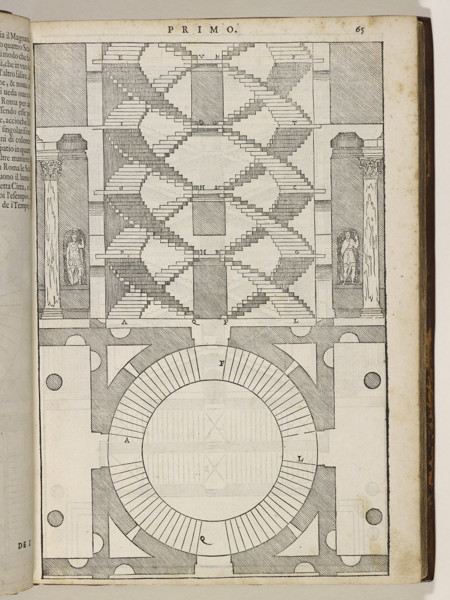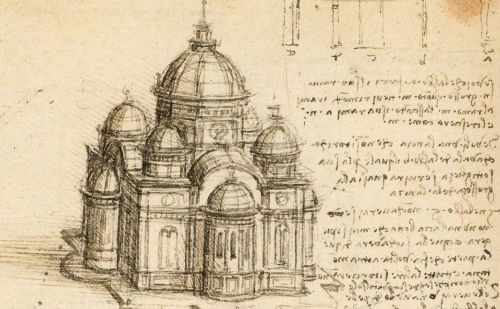The Revolutionary Leonardo Da Vinci Staircase: An Icon of Architectural Brilliance

At the Château du Clos Lucé, located in the heart of France’s Loire Valley, an architectural masterpiece designed by none other than the genius Leonardo Da Vinci stands proudly: the renowned spiral staircase. Completed in 1516, this stairway remains an iconic example of Da Vinci’s innovative thinking and understanding of both art and engineering. Its striking design, with its smooth curves and elegant form, showcases Da Vinci’s ability to blend aesthetics with functionality.
The staircase, constructed out of beautiful stone, spirals upward in a seamless design, creating a visually captivating experience. What makes it even more remarkable is the fact that Leonardo Da Vinci, one of the greatest minds in history, was able to infuse his unique creativity into a structure so ahead of its time. With every turn and every step, the staircase tells a story of ingenuity, reminding us of the lasting legacy of this Renaissance genius.
A Masterpiece of Da Vinci’s Vision

Leonardo Da Vinci’s staircase is often seen as an expression of the Renaissance ideals of harmony and proportion. What sets it apart from traditional spiral staircases is its ability to be constructed without the use of central supports. This gave the staircase its unique appearance and allowed for a more fluid, graceful design. Da Vinci was able to integrate structural strength with aesthetic beauty—no easy feat during the 16th century.
The staircase is designed to be a double helix, with two separate spirals winding around each other. This design not only serves a functional purpose but also highlights Da Vinci’s deep knowledge of geometry and mechanics. This dual structure could have been conceived to allow two people to ascend or descend simultaneously without crossing paths, a clever and practical solution for the busy, royal life of the time.
A Timeless Work of Art and Engineering

This staircase wasn’t just about looking beautiful; it also serves as a testament to Leonardo Da Vinci’s deep understanding of physics and materials. While many Renaissance artists were focused on painting and sculpture, Da Vinci was also incredibly interested in engineering and architecture. His study of human anatomy, mechanical devices, and proportions is evident in his designs for structures like this one.
At the Château du Clos Lucé, the staircase became an important part of Da Vinci’s role in the French court. It was here that King Francis I invited him to stay, and it was during his time in the castle that Da Vinci was able to work on many of his final projects. The staircase stands as one of the lasting symbols of Da Vinci’s genius, as it combines elegance with practical design in a way that still inspires architects and engineers today.
The Influence of Da Vinci’s Design on Modern Architecture

The revolutionary nature of Da Vinci’s spiral staircase has had a profound impact on architecture throughout the years. Its innovative design paved the way for future architectural advancements, influencing countless designers and builders in centuries to come. Modern architects have often turned to this famous staircase as inspiration for their own works, proving that Da Vinci’s ideas transcend time and remain highly relevant in the field of architecture.
The Château du Clos Lucé itself is a living testament to Da Vinci’s versatility and brilliance, with his works displayed throughout the estate. His legacy, captured in his designs, continues to shape the way we think about both art and architecture, and the spiral staircase remains a perfect example of how one structure can change the course of history.
Whether you’re an architecture enthusiast or simply someone with a deep appreciation for the ingenuity of the past, visiting the Château du Clos Lucé and seeing this monumental staircase in person is a reminder of just how much one man’s ideas have shaped our world today.